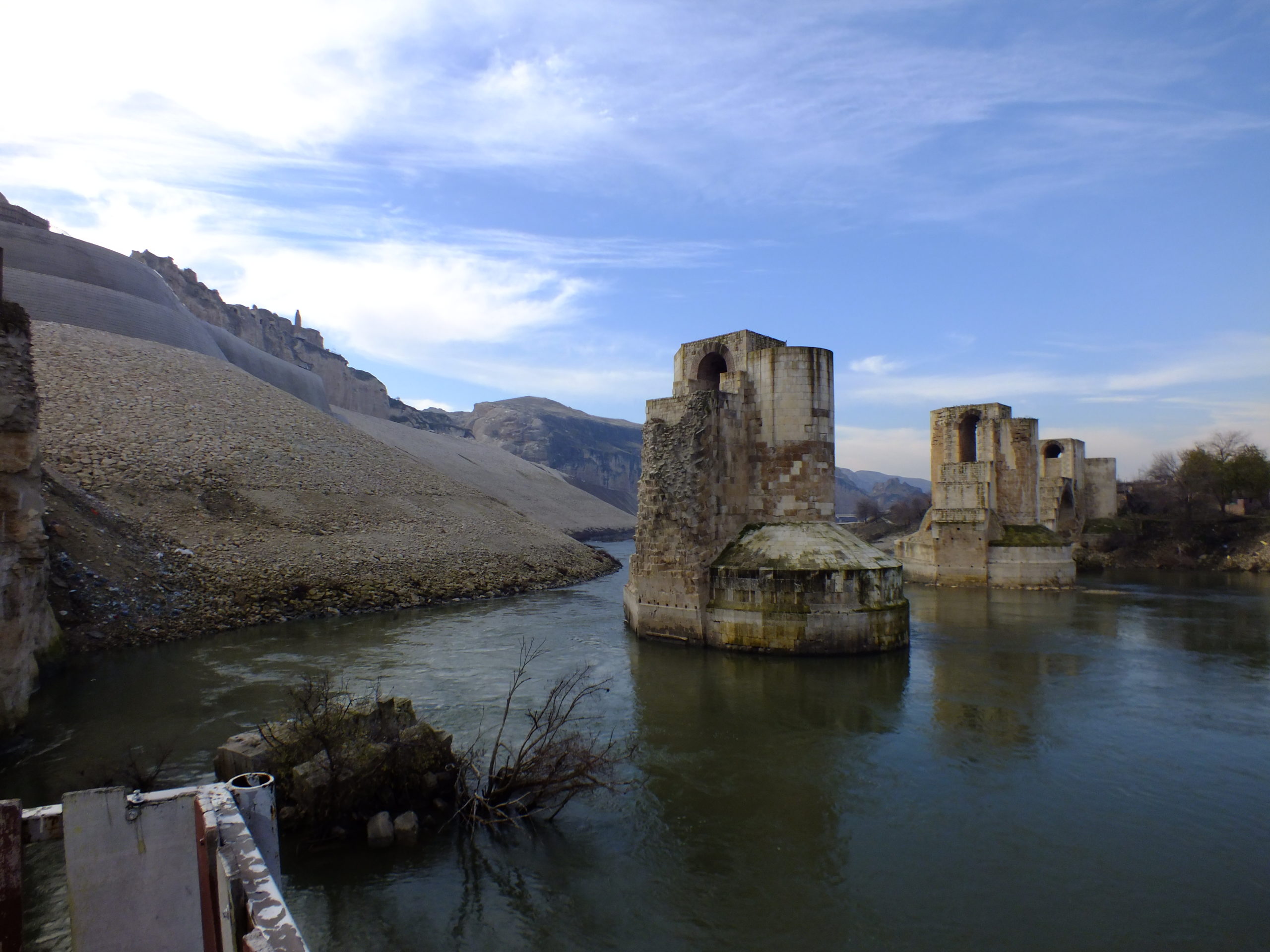By: Michael Simon
This article was originally published on the International Business Times
This month, the 3,000 inhabitants of Hasankeyf, Turkey, await rising floodwaters that will permanently drown their 12,000-year-old village. With it will go a unique ecosystem and countless cultural artifacts from millennia of human history.
Hundreds of miles downstream, the marshes thought to be the Bible’s Garden of Eden struggle with the effects of debilitating, recurring drought. The rich tapestry of plants and species that supported one of humanity’s earliest civilizations are now on life support, bolstered by recent rains but facing a deeply uncertain future.
One culprit is responsible for both the flood and the drought, and it stands in the Tigris River between them: the Ilisu Dam.
But at the World Hydropower Congress, held this week in Paris, the hydropower industry, which is driving freshwater extinctions and contributing to climate change, is on a desperate quest to erase its rapacious past and recast itself as a green energy source for the future. It would be laughable if it didn’t actually run the risk of succeeding. After all, the industry enjoys a great deal of social license from its relationship with Congress co-host, UNESCO; the very agency responsible for designating World Heritage Sites.
The knocks against hydropower are well-documented. Dams have been a leading contributor to the massive freshwater extinction that has decimated fish populations in the last three decades. With a new study finding that upwards of a million plant and animal species face extinction, no responsible government should advance an energy technology that will only accelerate the process. (This is not to mention how dams are affecting the tens of millions that rely upon freshwater fisheries and ecosystems for their livelihoods and sustenance.)
Hydropower’s Climate Impact
But the hydropower industry is trying to conceal what is perhaps the most troubling secret from potential investors seeking to address climate change: Hydropower’s climate impact.
Studies have shown that dam reservoirs are a significant source of the world’s most potent greenhouse gas: methane. Hydroelectric dams emit a billion tons of greenhouse gases a year, representing fully 1.3% of human-caused global emissions. By way of comparison, the global aviation industry produces about 2% of all human-caused emissions. That’s a sizeable carbon footprint.
The hydropower industry, however, is a master of reinvention. The Climate Bonds Initiative, an international organization working to mobilize the $100 trillion bond market for climate change solutions, writes on its website that hydropower “will play an important role in the transition to a low carbon economy.”
It’s a little like saying the internal combustion engine is a winning new green technology that will combat climate change. It’s not just ironic that the World Hydropower Congress is making this fraudulent claim in the city where the Paris Climate Accord was signed in 2016; it borders on criminal.
But the hydropower industry is banking on the ignorance of their target audience. The danger is that the publicity gamble pays off, and governments and investors will sink even more money into a technology that disrupts the carbon cycle, starves existing carbon sinks, and contributes methane to our already-overheated climate. Meanwhile, the world will keep heating up.
Fighting False Solutions
We must make the transition to a low-carbon energy future swiftly. But we must also do it safely – without ignoring science and without furthering the extinctions and warming that are already disrupting life on this planet. Hydropower does not deserve one iota of climate funds, which must be routed to truly clean energy solutions so we can make the necessary transition to a low-carbon economy.
The route is clear – wind and solar are economical and fast to build and deploy. They are also scalable. But the hydropower industry will do everything it can to greenwash itself. It’s fighting for its bottom line – not the health of the planet or the people on it. It’s the job of political leaders, investors, financiers, the Climate Bonds Initiative and others to keep their eyes open and not fall for the greenwashing. And, at minimum, the industry can commit–at an event co-hosted by UNESCO–to avoiding projects that threaten World Heritage Sites.
Featured image: The Old Hasankeyf Bridge (on the left) the stone wall that seals the historical caves, which are now filled with debris | Photo by Gokce Sencan

